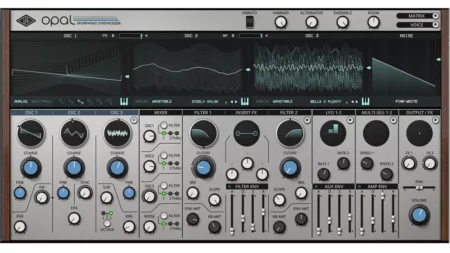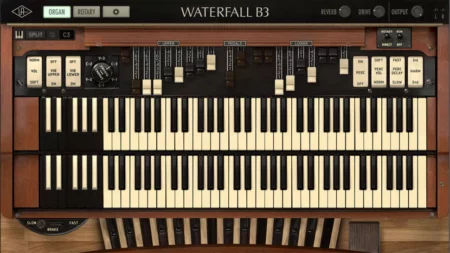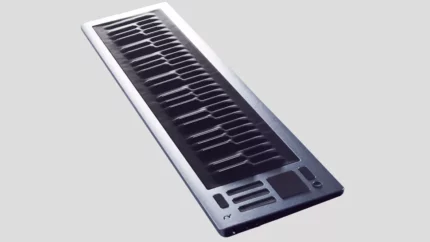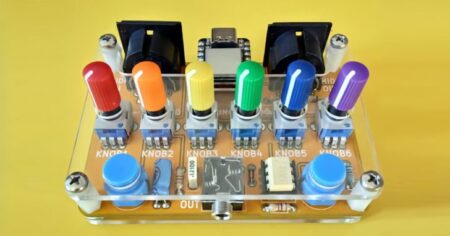Universal Audio Spark gives you native UAD Plugins on subscription
Universal Audio is releasing native versions of its UAD plugins on the new Spark subscription platform (VST3/AU/AAX), so that they can run in pretty much any DAW without any UA hardware, still counts as an abrupt change in philosophy.
Initially available for Mac (Windows support is coming later this year), Spark is an evolving platform that will cost you $20 a month (plus taxes outside the US), though you can try before you buy with a 14-day free trial. If you own one of UA’s Volt audio interfaces, you can try Spark free for a month.
And, if you are a UAD hardware owner and have already purchased a perpetual license of a UAD plugin featured in Spark, you will get the native version for free -no subscription required. Meaning, you will be able to take that plugin wherever you go, regardless of whether your Apollo or other UAD hardware has come along for the ride.
At launch, Spark users will get the following classic UAD plugins:
- Neve 1073 Preamp & EQ Channel Strip
- API Vision Channel Strip
- UA 1176 Classic Limiter Collection
- Teletronix LA-2A Leveler Collection
- API Vision Channel Strip
- Lexicon 224 Digital Reverb
- Studer A800 Tape Recorder
- API 2500 Bus Compressor
- Galaxy Tape Echo
- Pure Plate Reverb
Spark also includes four UAD instruments; Moog Minimoog D and Ravel Grand Piano have been brought over from Luna, UA’s fledgling recording software, Opal Morphing Synthesizer; new and exclusive to Spark customers.
And, Waterfall: an exacting emulation of the Hammond B3 organ that will also be available to purchase separately for $199.
For electronic music producers, Opal is definitely the biggest news here; designed to blur the lines between analogue and wavetable synthesis, it comes with 100s of curated presets for “instant professional sound”. There are continuously morphing oscillators, noise, filters, and LFOs.
UA’s effect processing know-how is brought to bear, as well, with reverb, tape delay, modulation effects and 1176-style compression. There’s also a typically vintage, hardware-style interface that’s designed for easy navigation and sound sculpting.
Waterfall uses physical and circuit modelling to emulate every intricacy of the Hammond B3. In addition, there is a “three-dimensional” emulation of a Leslie 147 rotary speaker cabinet. Again, UA says that you get plenty of mix-ready presets – more than 70, in fact – and the Keyboard Split option enables you to play the upper and lower manuals on a single MIDI controller.
The Spark is described as an evolving platform indicates that there should be more content on the way, but we do not know how many plugins UA plans to include and at what rate they will be released.
However, Spark will coexist with the powered plugins range – basically, there are no plans to make the UAD platform a completely native one. So, if you want guaranteed low latency and Unison technology, an Apollo interface is still the choice.
Find out more and sign up for a Spark trial on the Universal Audio website.





